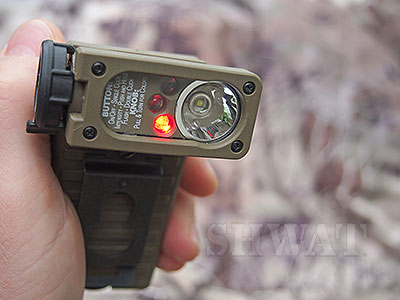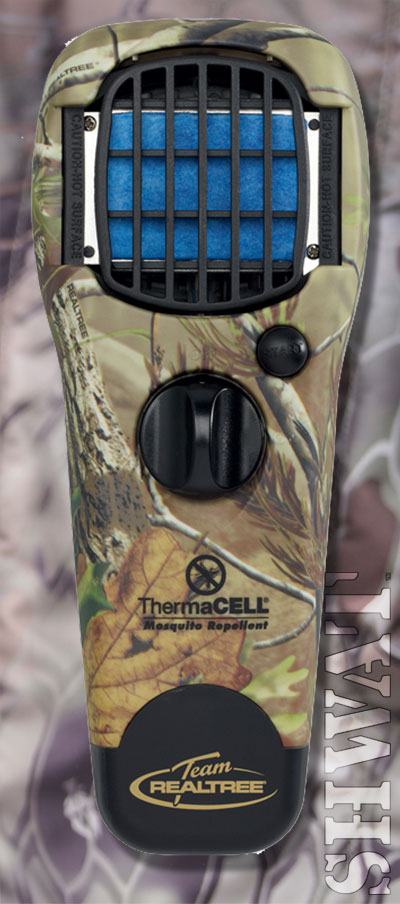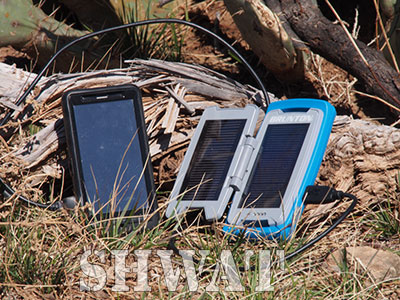
There’s always some new piece of gear or gadget that can make our tactical hunting just a little – or even a lot – better. There must be literally countless ideas for gear and gadgets the materialize online or in stores every year. Some are worth owning. Some are not. Here are some that I’ve actually field tested, and would highly recommend.
The Sidewinder Flashlight by Streamlight
Every hunter needs a good flashlight on them every time he or she ventures out into nature, or into a blind. Consequently, while there may be an ammo shortage, there is no shortage of flashlights on the market. Recently, on a hog hunt in the great state of Mississippi, I was given a Sidewinder Sportsman flashlight made by Streamlight, one of the hunt sponsors. It is now my favorite small tactical light, and I carry this compact flashlight with me on every hunt.
With an adjustable head that tilts up to 185 degrees, and a flat, stable bottom, the Sidewinder provides hands-free lighting, pretty much where ever you need it. You can set the light on the ledge of a hunting stand or the tailgate of a pickup, for example, aim the titling head, and do what you need to using both hands. The handy clip on the back of the light lets you easily attach the unit to a belt or pack strap.
The Sidewinder runs on two AA batteries, and provides a surprising amount of light from the main white light. The on-off button is located to one side of the titling head. Holding down on the button dims the light or increases the intensity. This main beam also has a strobe setting for signaling.
To the side of the main white beam are three smaller LED lights, in red, green, and blue. Though considerably smaller than the main beam, the colored lights still have a surprising amount of power, and can be used for signaling between hunters or blood trailing. The green and red light options will also illuminate a close-up hog with better odds of not scaring it and can be helpful in preserving you eye’s natural night vision compared to using white light.
The battery compartment cap is located at the bottom of the unit, and the folks at Streamlight were really thinking here, as they designed the cap with a short wire tether. You can change batteries, at night, and not misplace the cap! It’s also fitted with an O-ring, and gasket seals are used at all other openings, and the unit is rated as waterproof to one meter for 30 minutes.
The Sidewinder is just 2.34″ x 1.08″ x 4.65″, and weighs five ounces with two Alkaline batteries. Available in Coyote Tan. Priced from $50 to $65 on the Internet.
http://www.streamlight.com/product/product.aspx?pid=168
Thermacell
 Okay, so I have to admit it: when I first saw the press releases and early stories on the Thermacell, I thought to myself, That little thing is going to keep mosquitoes at bay? Yeah, right!
Okay, so I have to admit it: when I first saw the press releases and early stories on the Thermacell, I thought to myself, That little thing is going to keep mosquitoes at bay? Yeah, right!
And then I used it, on the recent Mississippi hog hunt mentioned above. Before I left for the hunt, people at hunting camp had fairly insisted I take a Thermacell with me, and showed me how to use it. I was skeptical but appreciated their concern, so I put the unit in my backpack—along with a bottle of bug juice and a mesh face mask!
An hour later, I was perched on a wedge-shaped hill smack in the middle of what looked like a jungle, with vines hanging from trees, thick brush along two small streams, and water everywhere I could see. It took about 12 seconds for the mosquitoes to find me and begin their dive bomber imitations.
So, I decided, time for a Thermacell field test. Once the unit got going, emitting tiny wisps of white smoke, I set it on the ground behind me. A slight breeze at my back wafted the smoke over me—and that was pretty much the end of the mosquito attack.
Oh, a few skeeters came at me, mostly I think because with the breeze behind my body created a space that shielded off the smoke. But by and large, I was skeeter free, and I hunted that hill right up to nightfall, with dozens and dozens of the black-bodied vampires lurking just beyond the reach of my Thermacell.
All the various Thermacell products (there are the personal units and lanterns) are powered by a single butane cartridge. Pop the bottom off the personal unit to insert the butane cylinder. Turn the central control knob to “ON,” and then give the “START” button a sharp click, and you’ll see a blue glow through a small clear plastic window atop the unit. The glow means the butane is lit, and the heat it creates is directed to a metal grill at the front of the unit. A small mat, saturated with mosquito repellent, sits on top of the metal grill, and the heat vaporizes the repellent, allowing it to rise into the air.
The repellent is allethrin, a copy of a repellent that naturally occurs in chrysanthemum flowers, and it repels mosquitoes, black flies, and no-see-ums, and will not harm humans or pets. Thermacell rates its units as being able to create a 15-by-15-foot (225 square-foot) area of repellency, the size of an average deck. Or, the inside of a hunting stand and the area atop a hill in the Mississippi Delta where I was able to take my first Mississippi hog.
My unit was done in the Realtree APG, and has an MSRP of $31.00.
Brunton’s Restore Battery Powerpack
Have you ever found yourself out in the sticks having just taken a hog or other animal and you want to take a picture with your phone to post to Facebook or just message to a friend only to find you battery it dead? Given the nature of tactical hog hunting, we hog hunters find ourselves in some remote places. The kind of places you want a fully charged cell phone should you want to take that picture or need help. Of course, if you are pulling an all-nighter in a hunting stand, ground blind or with your back up against a tree, you’re probably going to be on your iPhone or android, accessing SHWAT, Facebook, and maybe a game or two.
 How to keep your android, iPhone or iPod charged? For the last year, I’ve been using the Restore battery pack by Brunton. At just under nine ounces, and about five and a half inches long and three inches wide, the Restore fits neatly into a back or fanny pack, and provides enough power to fully charge my Motorola Milestone X2 android phone twice.
How to keep your android, iPhone or iPod charged? For the last year, I’ve been using the Restore battery pack by Brunton. At just under nine ounces, and about five and a half inches long and three inches wide, the Restore fits neatly into a back or fanny pack, and provides enough power to fully charge my Motorola Milestone X2 android phone twice.
The Restore’s Lithium Polymer battery can be charged via a DC charging unit (included), a computer USB connection (USB cable also included) or the unit’s twin solar panels. Four blue lights located at the top and front of the Restore tell you how much of a charge the battery is holding; four bright lights register full capacity.
The DC charger, I’ve found, is the fastest way to give the Restore to a full charge, usually in less than an hour. USB computer charge option works well, too, though it takes about twice as long as the DC unit. The solar panels do work, but they aren’t exactly speedy. I have taken a nearly dead Restore and got it to full charge in four to five hours of strong, direct sun. The solar panels do top off a charge nicely, though. Anytime I find myself driving to or from a hunt area, I open the Restore’s solar panels and place on the dash board to soak up some rays and replenish the charge.
You connect the USB cable to the unit, and the other end of the cable to your device, press the small start button on the right hand side of the Restore, and the charging begins.
In most weather conditions, I’ve had my Milestone go from a 20 percent charge to a full charge in about an hour. It takes longer to charge when it is colder outside, below 45 degrees in my experience. To speed up the charging process in these conditions, I usually place the Restore and my phone inside my coat or jacket.
The Restore is coated in a durable rubberized shell. The unit’s also Compatible with Brunton Sync Tech™ enabled headlamps and task lights. There’s even a tiny flashlight built into the left side, which is very handy during night hunts for locating things like the water bottle inside my pack, etc, when some light is needed but you don’t a 100 lumen flashlight to destroy your night vision.
MSRP: $120.00

